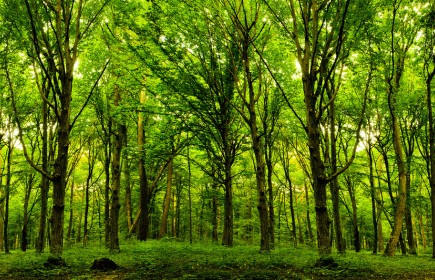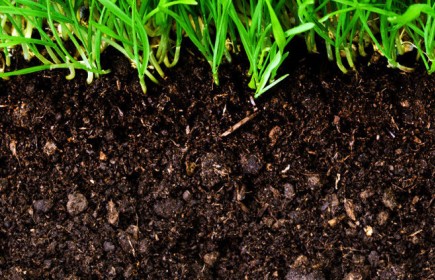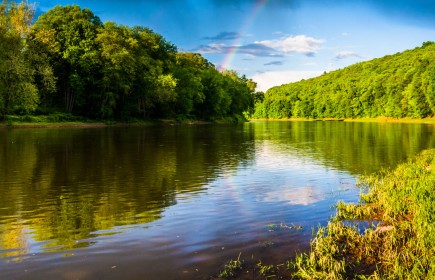
Assessing & Communicating Climate and Water Ecosystem Services of the City of Ann Arbor Greenbelt Program
The Open Space and Parkland Preservation Millage was approved by the residents of Ann Arbor in November 2003 as a way to protect productive farmland, prevent the destruction of natural landscapes, and preserve the rural character surrounding Ann Arbor. Commonly known as the Greenbelt Program, the millage provides funds to preserve and protect open space, farmland, natural habitats, and the City’s source waters inside and outside the city limits. More than halfway through the 30-year millage in 2021, the Greenbelt Program consists of over 6,200 acres of protected land on more than 70 parcels. While successful, the program lacks adequate ways to report impact and motivate support beyond acres preserved and funds leveraged. Like many organizations working to protect land, they are in need of additional ways to assess and communicate more meaningful measures of conservation value, such as quantifying ecosystem services.
Our goal was to develop a series of dynamic geoprocessing tools to quantify specific ecosystem service value of the Greenbelt’s current portfolio of properties and any new properties added in the future. This will allow the City staff and residents of Ann Arbor to have an ongoing understanding of and ability to communicate the value of individual properties and entire land conservation programs. We focused on two categories of ecosystem services: (1) above and belowground carbon storage and (2) water quality.
Jackie Edinger, Jessica Einck, Sebastian Kasparian, Lavran Pagano
Project Topics
Jackie Edinger is a SEAS Master’s student studying Conservation Ecology and Geospatial Data Science. Originally from Orange County, California, Jackie attended UC Berkeley and graduated in 2018 with a B.S. in Molecular Environmental Biology and minors in Music and Forestry. She has worked as a forestry research technician throughout the Sierra Nevada, focusing on fuel reduction treatments and bark beetle tree mortality in Sequoia and Yosemite National Parks. In her free time, she enjoys hiking, traveling, and playing piano and violin. She is currently a Research Associate on the spatial analysis team at the Colorado Forest Restoration Institute in Fort Collins.

Jessica Einck is a master's student at the University of Michigan School for Environment and Sustainability studying Conservation Ecology. Originally from Orange County, California, Jessica graduated from the University of San Francisco in 2015 with a B.S. in Biology with an emphasis in Ecology. Before starting at UM, she worked in parks and recreation for three years. In her free time she enjoys spending time outdoors, reading, and discovering new music.

Sebastian Kasparian is a master's student at the University Michigan School for Environment and Sustainability studying Geospatial Data Science. His passion lies in using scientific data to better understand, communicate, and mitigate anthropogenic impacts on the environment.
Sebastian has worked for a variety of nonprofit and public entities, from the Huron River Watershed Council in Ann Arbor to the Blue World Institute of Marine Research and Conservation in Croatia. Currently, he serves as a data analyst for the Michigan Department of Environment, Great Lakes, and Energy (EGLE).

Lavran Pagano is a SEAS Conservation Ecology and Geospatial Data Science student and is the current remote sensing graduate student instructor at the University of Michigan. He is from the Albany, New York area, and obtained his Bachelor of Science degree in 2018 from Ithaca College in Environmental Science with a minor in Biology. Lavran is interested in the application of GIS and remote sensing to solve modern-day ecological problems. He enjoys reading, hiking, and attempting to keep his house plants alive.




